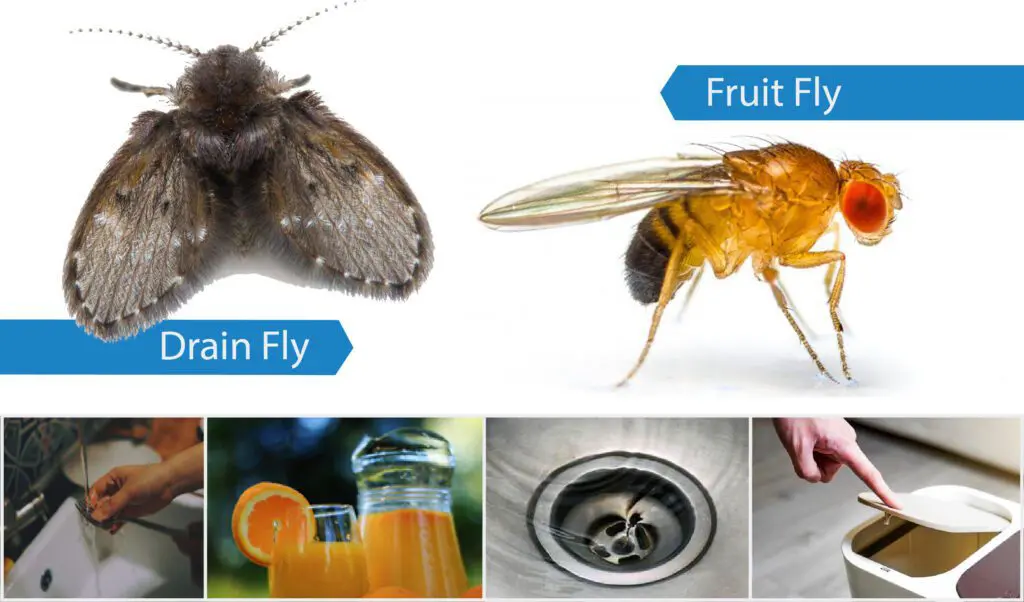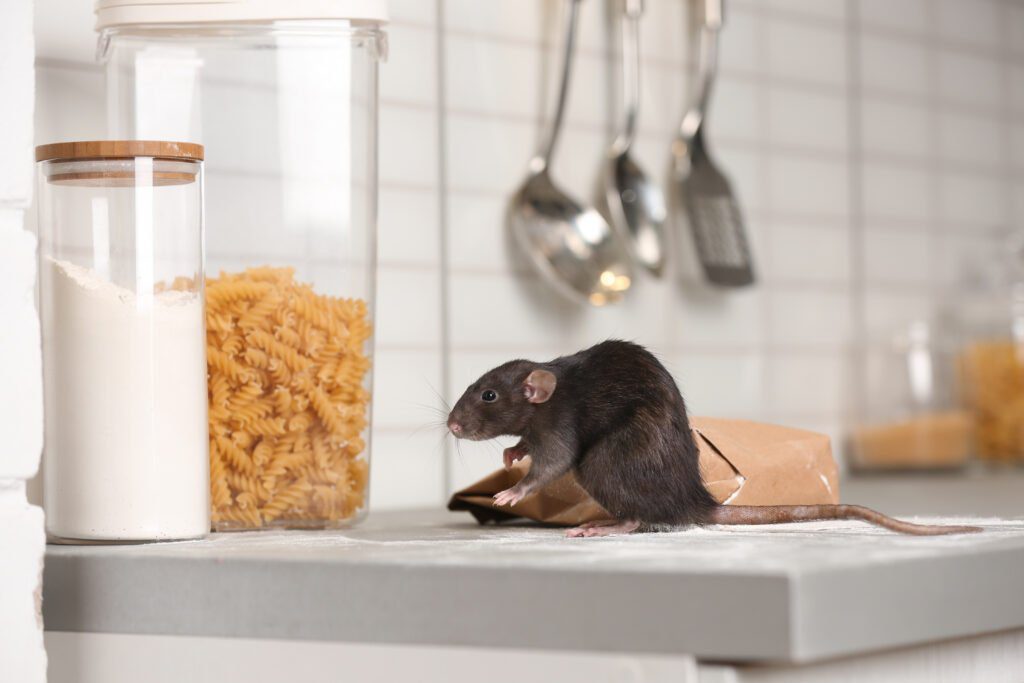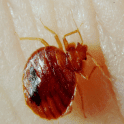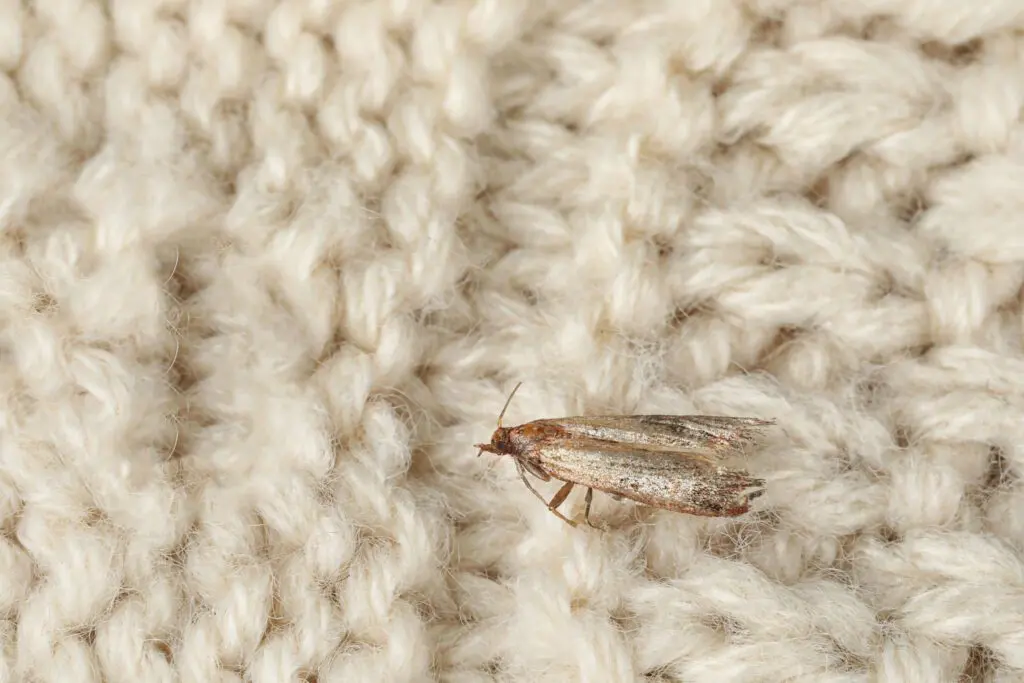Preventing fruit flies and drain flies
Every month we receive a number of calls from restaurants and bars for help in preventing fruit flies and drain flies.
Preventing fruit flies is relatively straight forward and you shouldn’t need a pest controller to carry out a treatment for you. We could only carry out a knockdown treatment which would deal with the immediate problem but it is not a long-term solution. Fruit flies and drain flies aren’t particularly attracted to UV light either like other types of flies so EFK (electronic fly killers) are less effective in dealing with these types of fly.
The only long-term solution for these flies is to remove the breeding sites through cleaning.
Preventing Drain flies also known as Filter flies.
These tiny flies are very often found hovering by drains and stagnant water. The first job is to remove the breeding ground as they breed in the organic matter found in drains, grease, food and general sludge. Keeping drains free of this material will prevent drain flies breeding. It is important to remove stagnant and still water from anywhere where it is pooling.
Preventing Fruit flies
Fruit flies and drain flies are often confused with each other as they are similar sizes. Fruit flies have bright red eyes so if you catch one and look under a magnifying glass you will be able to tell.
As with drain flies, fruit flies can easily be dealt with by removing the breeding grounds. In this case it will be fermenting fruit, juice or wine.
In order to locate the breeding site, look for moisture, decaying or fermenting fruit or debris and warmth.
Some common breeding to check are:
- The bottom of refuse bins.
- The area where empty bottles of juice or fizzy cans are stored prior to recycling.
- Under food preparation areas or the gaps in-between worktops.
- Standing water under fridges or ice machines.
- In between or under damaged floor tiles.
- Do not leave damp mop heads facing down in the bucket in a warm store cupboard or speak to your cleaning team if you have commercial cleaners. Turn the mops upside down and make sure there is enough air for them to dry out properly.
- Fruit left out which is starting to ferment.
Once you have found the breeding site, it is just a matter of cleaning it thoroughly. Stagnant / still water, warmth and organic matter are all these insects need to breed.
Remove the environment and you will remove the problem.










